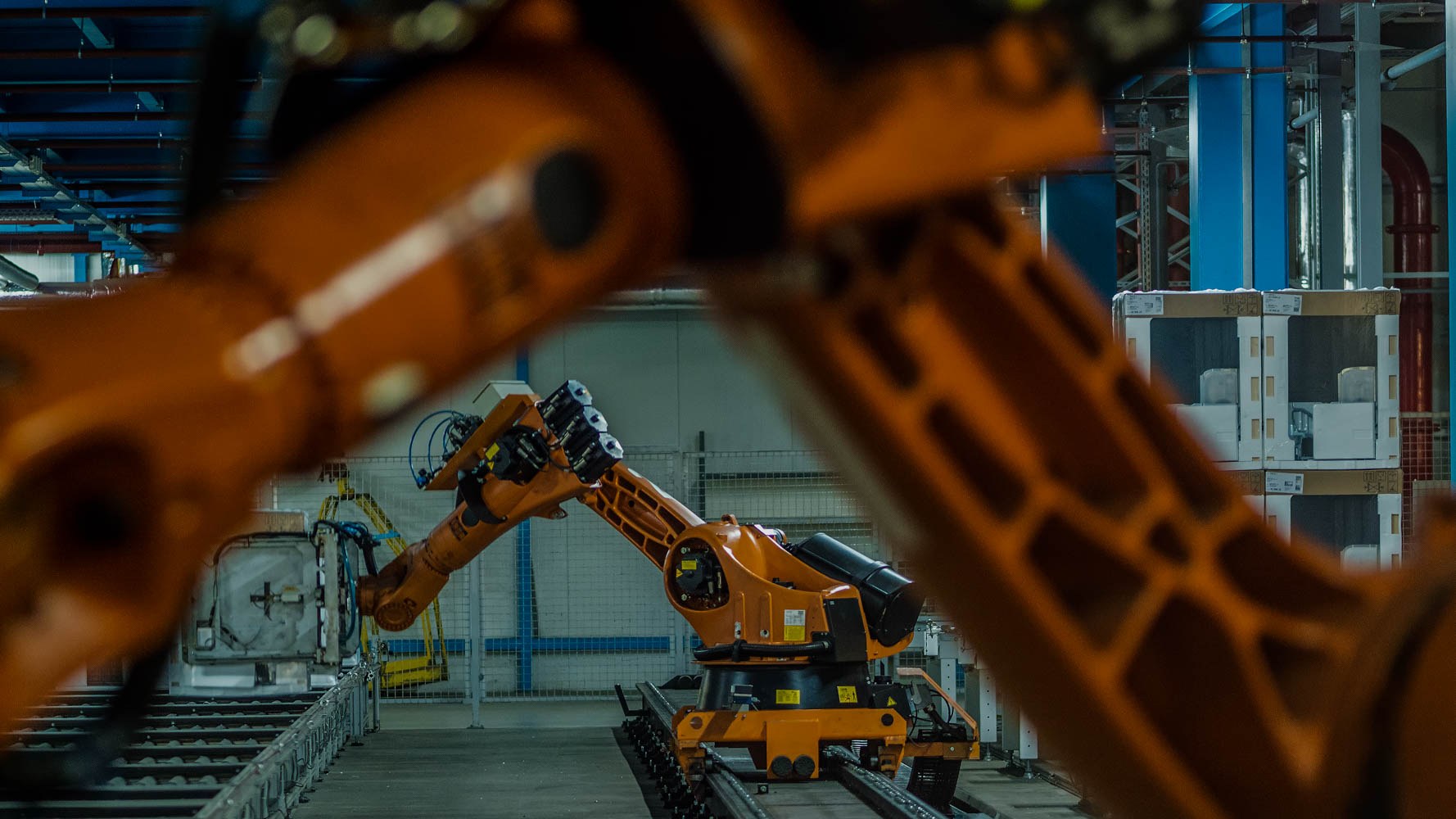
Transforming money into data
Real-time settlements, interoperability of payment rails and programable instruments are boosting cross-border transactions.
- Advances in digital payments is bringing the world one step closer to finance truly operating 24/7.
- Governments across Asia have taken proactive steps to ensure that national-standard QR codes become available to end-users for real-time payments while building interoperability.
- Tokenized deposits support various use cases, as commercial bank money can become a programable tool facilitating complex payment operations and serve as collateral that can be transferred instantly.
Cross-border payments are expected to increase to US$290 trillion by 2030, up from US$190 trillion in 2023, according to FXC Intelligence. As many businesses operate with more international counterparts, the need for easy payments and settlements has become more essential to match the speed of their business growth. However, global interoperability of such payment flows remains expensive and sluggish. Remittance costs as much as 6.3% on average, according to the Financial Stability Board. Payments can also take several days to reach their intended recipients.
Advances in digital payments, namely real-time settlements, could bring the world one step closer to finance that truly operates 24/7. Real-time payments are expected to reach close to US$200 billion by 2030, up from US$23 billion in 2023, according to Grand View Research. The acceleration in volume is attributed to higher adoption of cloud-based solutions and consumer demand from e-commerce.
Many economies have been rolling out real-time settlements within each of their markets. In Asia, India has UPI, Australia has NPP, and Hong Kong has FPS. Such settlement systems eliminate the need for legacy intermediaries, allowing transactions to move at a much faster pace. But the largest opportunity lies in these systems working together for a seamless international payments experience, according to Nomura analysis.
Southeast Asia, for example, has been notoriously hard for payment gateways to crack due to the disparate payment systems in each country. International incumbents are struggling to integrate with local payment rails. As such, many local merchants do not accept international credit cards, to the frustration of retail consumers and enterprises. Cash remains king in these markets, with large unbanked populations and low card penetration.
QR code payments, which are enhanced barcodes essentially used for mobile payments, have grown to become a pillar in Southeast Asia’s payments ecosystem over the past decade. Governments in the region have taken proactive steps to ensure that national-standard QR codes become the key method for real-time payments with the goal of building interoperability across member states. Thailand first launched Thai QR in 2017 and Singapore followed suit with SGQR in 2018. Other Southeast Asian countries joined the bandwagon: Indonesia (QRIS), Malaysia (DuitNow), Philippines (QR PH) and Vietnam (VietQR).
Meanwhile, the process of tokenizing real-world assets continues. The world is gaining a better understanding and appreciation of distributed ledger technologies. Fund managers and fintech players have been working to create digital representation of assets such as stocks, bonds and currencies on the blockchain.
Central banks from economies that represent over 90% of global GDP are also exploring the development of their own digital currencies, more commonly known as central bank digital currencies (CBDCs). Asia is leading the charge with pilots across the region, from China and Hong Kong to Singapore and Korea. Once wholesale CBDCs become common, current card networks may be obsolete. It will then be theoretically possible to use a mobile wallet within a smartphone to pay at merchants’ point of sales terminals without the need for merchants to pay scheme and interchange fees. Remittance services should also improve, allowing people to transact without incurring exorbitant fees while also being able to send money in real-time.
Financial institutions like commercial banks are also exploring the use of tokenized deposits as a modern form of digital currency that mirrors traditional deposits. Just like traditional deposits, which make up the majority of the money in circulation, tokenized deposits can be used for various purposes such as domestic and international payments, trading, settlements and providing cash collateral. The digital format of tokenized deposits enables them to be programmable instruments that operate 24/7 and can be transferred instantly, without the need for intermediaries. This allows for complex payment operations and instant collateral transfer, which can be further enhanced using artificial intelligence.
While the fintech players building next-generation payments have seen valuations correct in the market downturn, those still remain in line with the long-term average. The focus of these companies has shifted from achieving the fastest top-line growth at all costs to having a sustainable growth strategy with a clear path to profitability.
These companies are ushering in a period of building tomorrow’s financial infrastructure that prioritizes security, interoperability and a seamless financial services experience.
Contributor

Raphael Tressieres
Vice-President, Technology, Media & Telecom Investment Banking, Asia ex-Japan
Disclaimer
This content has been prepared by Nomura solely for information purposes, and is not an offer to buy or sell or provide (as the case may be) or a solicitation of an offer to buy or sell or enter into any agreement with respect to any security, product, service (including but not limited to investment advisory services) or investment. The opinions expressed in the content do not constitute investment advice and independent advice should be sought where appropriate.The content contains general information only and does not take into account the individual objectives, financial situation or needs of a person. All information, opinions and estimates expressed in the content are current as of the date of publication, are subject to change without notice, and may become outdated over time. To the extent that any materials or investment services on or referred to in the content are construed to be regulated activities under the local laws of any jurisdiction and are made available to persons resident in such jurisdiction, they shall only be made available through appropriately licenced Nomura entities in that jurisdiction or otherwise through Nomura entities that are exempt from applicable licensing and regulatory requirements in that jurisdiction. For more information please go to https://www.nomuraholdings.com/policy/terms.html.



